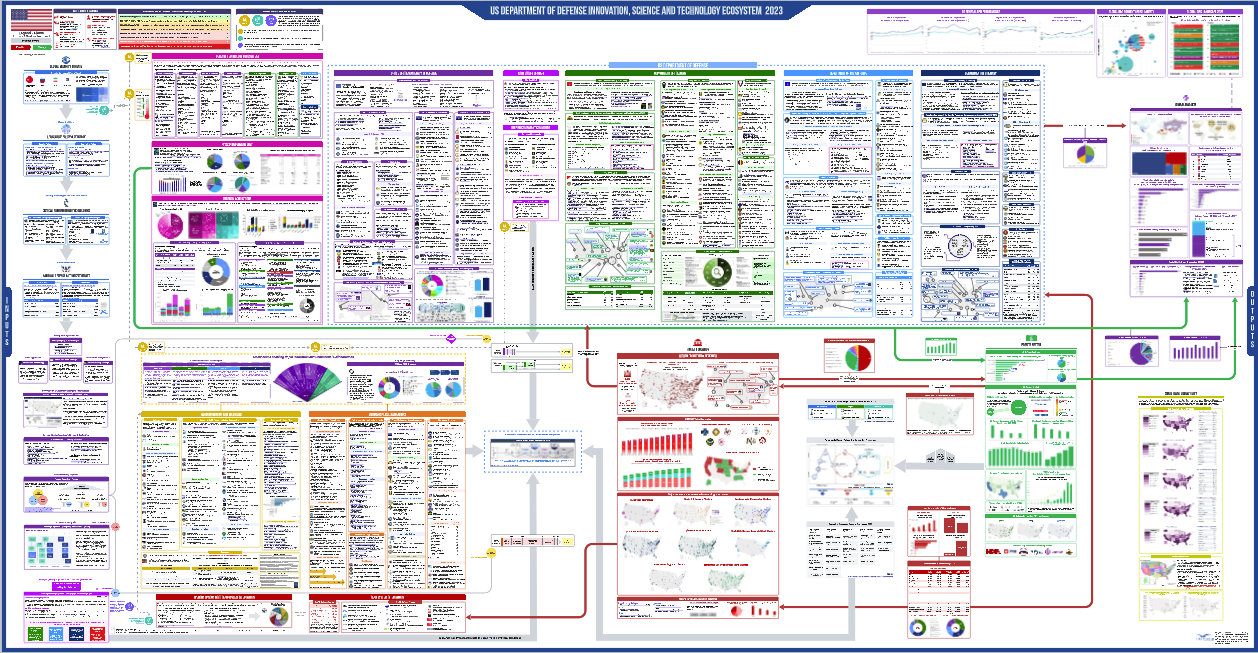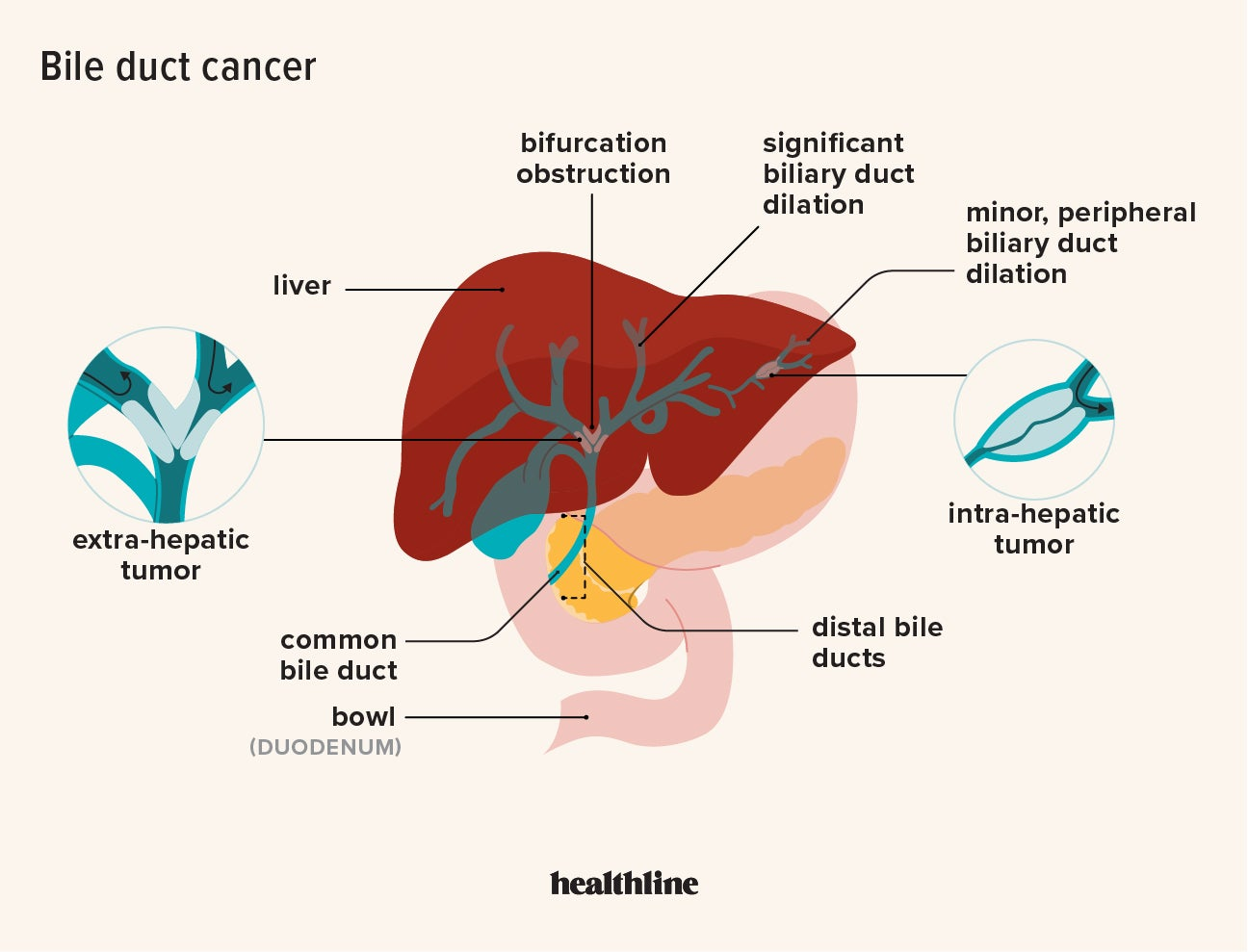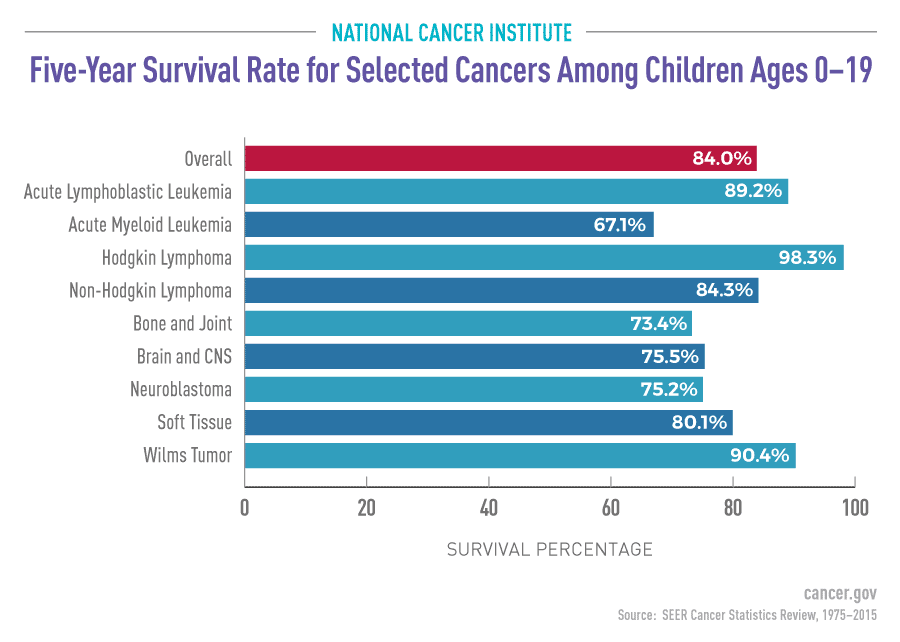
The U.S. innovation ecosystem stands as a beacon of progress and ingenuity, meticulously developed through decades of collaboration between government, academia, and industry. From its historical roots during World War II, when federal research funding catalyzed breakthroughs such as the mass production of penicillin, to its contemporary advancements in healthcare technology, this system has forged a path of biomedical innovation admired worldwide. Public-private research partnerships have fueled not just immediate wartime needs but also set the stage for long-lasting advancements in medicine and technology. As the nation grapples with ongoing changes in funding structures, the delicate balance between federal support and private enterprise remains critical to sustaining this ecosystem. Without continued investment and attention, future challenges in health and technology may threaten the rich legacy of innovation that America has cultivated over the years.
The American framework for technological advancement and research collaboration thrives on a unique synergy among various stakeholders, involving public institutions and private enterprises alike. This intricate network has its origins in the urgent demands posed by historical conflicts, which spurred the early integration of civilian scientists into military and health-related challenges. As a result, the landscape of health research has evolved dramatically, leading to extraordinary progress in biomedical sciences. This interplay between governmental support for research and the entrepreneurial spirit of the private sector has produced remarkable healthcare technology advancements that continue to shape the global health landscape. Ultimately, the effective melding of these sectors is not only essential for addressing current and future medical needs but also exemplifies a model of innovation that many nations look to emulate.
The Origins of the U.S. Innovation Ecosystem
The U.S. innovation ecosystem can trace its roots back to World War II, a pivotal period that transformed how research and development were conducted in the country. During this time, a small group of academic leaders and corporate R&D managers lobbied President Franklin D. Roosevelt to harness the potential of civilian scientists for military advancements. This collaboration was not only groundbreaking but also a response to urgent technological needs, setting the stage for what would become a thriving network of research partnerships. The emergence of the Office of Scientific Research and Development (OSRD) established a framework for federal involvement that remains invaluable today, driving advancements in fields ranging from biomedicine to defense technologies.
Historically, the ecosystem began to thrive as federal agencies like the National Institutes of Health, bolstered by significant funding, collaborated closely with academic institutions and private companies. These partnerships enabled rapid technological advancements and set an example that countries worldwide aspired to replicate. By laying a foundation that emphasized collaborative research, the U.S. created a reliable pipeline for innovations that addressed immediate wartime needs while paving the way for future medical breakthroughs, leading to improved healthcare outcomes in civilian contexts.
The Role of Federal Research Funding in Biomedical Innovation
Federal research funding plays a crucial role in boosting biomedical innovation in the United States. Over the decades, substantial investments from the government have supported the research activities of universities and private firms alike, facilitating groundbreaking discoveries in health technology. This dynamic funding landscape not only helps advance scientific knowledge but also stimulates economic growth by fostering the development of new biomedical products and therapies. The ongoing debate surrounding federal support illustrates its significance, as recent proposals seek to cap reimbursements for research funding, potentially jeopardizing the partnerships that have driven major health advancements.
Efforts to limit federal funding for biomedical research could have long-lasting repercussions on the innovation landscape. Historical data suggest that successful public-private research partnerships have been integral in translating scientific discoveries into real-world applications that improve patient care. Therefore, a reduction in federal investment could stall the momentum built over decades, impacting everything from drug development to healthcare technology advancements. For the U.S. to maintain its status as a leader in biomedical innovation, it is imperative to recognize the importance of sustained federal support for research initiatives.
Public-Private Research Partnerships: A Catalyst for Innovation
Public-private research partnerships have emerged as a cornerstone of the U.S. innovation ecosystem. These collaborations enable the pooling of resources and expertise, accelerating the pace of discovery and implementation of new technologies. Historically, the synergy between government funding and private sector innovation sparked significant advancements, particularly during the wartime research initiatives of the 1940s. By investing in research, the government not only addressed immediate needs during the war but also fostered an environment conducive to ongoing discoveries across various disciplines, particularly in biomedicine.
As we move into the modern era, the success of public-private partnerships has led to their adoption by other countries looking to replicate the innovative prowess of the U.S. By combining academic research with commercial interests, these partnerships continue to drive advancements in healthcare technology, resulting in new treatments and improved patient outcomes. The emphasis on collaboration ensures that the insights gained from academic research are effectively translated into marketable solutions, solidifying the U.S. position as a leader in global biomedical innovation.
Historical Innovation in Medicine: Lessons Learned
The historical context of innovation in medicine during and after World War II provides vital lessons for contemporary research practices. The urgent need for medical advancements, like the mass production of penicillin, showcased how rapidly responsive research efforts could yield transformative results. This period highlighted the importance of creating a robust infrastructure capable of facilitating scientific work, which included funding mechanisms, collaborative networks, and regulatory frameworks. Drawing from these insights can help shape future biomedical innovation strategies, ensuring that they are both efficient and effective in addressing current healthcare needs.
Moreover, the principles established during historical periods of innovation can guide policymakers as they develop frameworks for funding and supporting research today. By understanding the dynamics that led to successful collaborations, stakeholders can better navigate present-day challenges, like balancing public funding with private sector incentives. Lessons gleaned from past experiences underscore the need for adaptive strategies that not only promote innovation but also foster a sustainable ecosystem that supports ongoing advancements in medicine.
Healthcare Technology Advancements: The Future Is Now
Healthcare technology advancements are evolving at an unprecedented pace, driven by a blend of public investment and private innovation. Emerging technologies such as telemedicine, artificial intelligence, and personalized medicine are reshaping the landscape, offering new solutions to longstanding health challenges. These advancements have been facilitated significantly through strong public-private research partnerships, which leverage federal funding to support cutting-edge research that leads to practical applications in the medical field. The combination of researchers’ expertise in academia and the agility of private firms ensures a steady flow of innovative solutions that enhance patient care and outcomes.
However, as innovation accelerates, there are challenges that need to be addressed, including ensuring equitable access to these technologies and safeguarding patient data privacy. Policymakers must remain vigilant and adaptable, fostering an environment that encourages continued investment in healthcare technology while also prioritizing ethical considerations. By embracing both innovation and responsibility, the U.S. can maintain its leadership in the global healthcare landscape, further solidifying its role as a trailblazer in biomedical innovation.
Challenges and Opportunities in the Current Innovation Landscape
The current innovation landscape presents both challenges and opportunities for U.S. leaders in biomedical research and technology. As many stakeholders call for reforms aimed at boosting efficiency, it is crucial to recognize the delicate balance between innovation and sustainability. The longstanding partnerships between federal agencies, academic institutions, and private enterprises have historically yielded significant advancements in various fields. Disrupting this equilibrium could have unintended consequences that may hinder the progress that has made the U.S. a leader in global biomedical innovation.
Addressing these challenges requires a comprehensive approach that includes increasing investment in research while also reevaluating funding structures and policies. Engaging various stakeholders in meaningful dialogues about the future of funding and support for biomedical research will be essential. As the world looks to the U.S. for leadership in healthcare technology advancements, taking proactive steps to nurture this innovation ecosystem is paramount for continued success and global health improvements.
The Impact of COVID-19 on the Innovation Ecosystem
The COVID-19 pandemic has served as a significant catalyst for innovation within the U.S. healthcare ecosystem. It has highlighted the critical role of public-private partnerships in accelerating the development of vaccines and therapeutic solutions, demonstrating what can be achieved when resources are pooled and directed towards urgent health needs. This unprecedented collaboration has also opened doors to new methodologies in research, emphasizing the importance of agility and responsiveness in biomedical innovation.
As the pandemic recedes, there are invaluable lessons to be learned regarding what worked well and what needs improvement moving forward. The experiences garnered from the rapid vaccine development process provide a template for future health crises, reinforcing the necessity of maintaining strong ties between government funding, academia, and private industry. This could ultimately strengthen the U.S. innovation ecosystem and prepare it for future challenges.
Fostering a Skilled Workforce for Biomedical Innovation
A skilled workforce is essential for maintaining the momentum of biomedical innovation in the U.S. The partnerships formed during periods of intense research, like World War II, not only bolstered technological advancements but also contributed to the training of a new generation of scientists and researchers. Addressing the ongoing need for skilled professionals requires a multifaceted approach, from enhancing educational programs in science and engineering to promoting internship and mentoring programs that facilitate practical experience alongside academic learning.
Furthermore, it is vital to attract a diverse pool of talent into the biomedical field. By fostering an inclusive environment that welcomes individuals from various backgrounds, the U.S. can leverage a broader range of perspectives and ideas, ultimately driving further innovation. Investing in education and training initiatives will not only ensure preparedness for future challenges but will also fortify the nation’s leadership status in global biomedical science.
Conclusion: Preserving the Envy of the World
In conclusion, the U.S. innovation ecosystem serves as a model for countries worldwide, demonstrating the power of collaboration between government, academia, and industry. The historical evolution of this system illustrates the importance of nurturing public-private partnerships and sustaining federal support for research, especially in the field of biomedicine. Recent federally proposed changes to research funding create a potential risk to these vital collaborations, which could stall the progress made over the past 80 years.
To preserve and enhance its status as a leader in biomedical innovation, the U.S. must prioritize reforms that protect its unique approach to scientific research. By investing in the future of public-private partnerships and ensuring that the next generation of scientists is adequately trained, the nation can continue to innovate and benefit from advancements in healthcare technology. Ultimately, safeguarding this ecosystem is not just essential for the U.S. but for global health advancements as a whole.
Frequently Asked Questions
What is the role of public-private research partnerships in the U.S. innovation ecosystem?
Public-private research partnerships play a crucial role in the U.S. innovation ecosystem by fostering collaboration between government entities and private sector companies. These partnerships facilitate significant advancements in various fields, especially biomedical innovation, as they combine federal research funding with private development capabilities. This synergy leads to groundbreaking discoveries and technology advancements that benefit both national health and economic growth.
How did historical innovation in medicine shape the current U.S. innovation ecosystem?
Historical innovation in medicine, particularly during World War II, laid the foundational framework for the U.S. innovation ecosystem we see today. The urgent need for medical advancements, such as the mass production of penicillin, showcased the effectiveness of collaboration between federal agencies and academic institutions. This historical context highlights how federal research funding has evolved to support the biomedical innovation sector and shaped a robust network of universities, research organizations, and private firms.
What impact does federal research funding have on healthcare technology advancements in the U.S.?
Federal research funding significantly boosts healthcare technology advancements in the U.S. by providing essential resources for academic research and innovative projects. This funding enables researchers to develop new medical technologies and treatments, catalyzing improvements in patient care and public health outcomes. The strong role of federal investments, particularly in the biomedical field, drives the country’s leadership in healthcare technology advancements, ensuring that the U.S. remains at the forefront of global health innovations.
Why is the U.S. innovation ecosystem considered the envy of the world?
The U.S. innovation ecosystem is often regarded as the envy of the world due to its successful integration of public-private research partnerships, extensive federal research funding, and a robust support system for biomedical innovation. This system has demonstrated remarkable resilience and effectiveness, yielding transformative healthcare technologies and scientific breakthroughs that enhance quality of life and national security. Its historical roots and ongoing commitment to innovation set a benchmark for other nations seeking to replicate similar success.
How do public-private research partnerships contribute to advancements in biomedical innovation?
Public-private research partnerships contribute significantly to advancements in biomedical innovation by connecting federal research funding with the expertise of private companies. This collaboration accelerates the development of new therapies and technologies, leveraging shared resources and knowledge. Such partnerships have been instrumental in achieving significant healthcare advancements, from drug discoveries to innovative treatment methods, forming a cornerstone of the U.S. innovation ecosystem.
| Key Points |
|---|
| The U.S. innovation ecosystem, particularly in health and biomedicine, has its origins in World War II. |
| Federal support for academic research has historically fostered public-private partnerships, boosting innovation. |
| The mass production of penicillin during WWII is a significant milestone, showcasing successful collaboration. |
| The U.S. innovation ecosystem has been fundamental to the country’s technological leadership over the past 80 years. |
| Recent proposals could jeopardize funding for biomedical research through changes to federal reimbursement policies. |
| The war stimulated an urgent need for innovation which laid the foundation for postwar biomedical advancements. |
| Public funding not only supported research but also trained a new generation of scientists vital for future discoveries. |
| A sustainable and productive partnership between government, academia, and industry is crucial for ongoing innovation. |
| The gains made during WWII catalyzed the growth of a robust biomedical sector that is critical for national health and defense. |
Summary
The U.S. Innovation Ecosystem is a remarkable framework that has evolved since World War II, driven by public-private partnerships that have been critical in advancing biomedicine and technology. Originating from the urgent wartime need to develop effective medical solutions like penicillin, this collaboration has established the U.S. as a leader in global innovation. Despite recent discussions around funding cuts, it is imperative to recognize how this unique ecosystem has fostered unprecedented growth and breakthroughs in various fields. Preserving and enhancing this structure will ensure the continued success of the U.S. Innovation Ecosystem, supporting health, economic growth, and national security.





